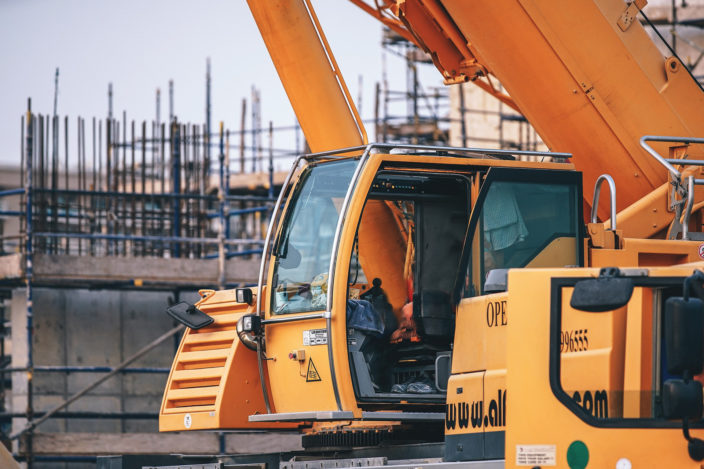Demand for transport equipment and construction / agricultural mechanical machinery is expected to increase this year and going into 2022 according to Westpac NZ.
Within his Industry Insight, Paul Clark, Westpac’s Industry Economist, said the economy had ‘largely recovered’ since its mid-2020 recession.
Clark said: “As efforts to fight the virus plunged the economy into recession in mid-2020, many of the sector’s customers were forced to pull back on their investment in machinery and equipment. Demand for mechanical machinery, machine tools, vehicle bodies, truck chassis, general use trailers, and more specialised horse floats, all plummeted as a result. The same was true for new production boats used for recreational purposes.
“Since then, the economy has largely recovered. Some businesses have flourished, and this has been evidenced by a sharp pickup in demand for most types of machinery and equipment. Indeed, several industry sources involved in the manufacture of truck trailers, general trailers and boat building all reported an initial surge in demand when New Zealand moved out of lockdown, with demand remaining at elevated levels since. With the construction industry a key driver of New Zealand’s Covid-19 recovery, demand for imported earthmoving equipment and machine tools has picked up strongly.”
Looking ahead to 2022
Clark expects construction and agriculture to underpin domestic growth: “Following the roller coaster ride of 2020, we expect subdued economic growth for 2021. That said, the level of domestic economic activity should still be solid over the year, underpinned in large part by construction and agriculture.
“From 2022, we expect economic growth to pick up as the borders open and service sector activity strengthens. If that proves to be the case, then the near-term outlook for New Zealand’s machinery and equipment manufacturing sector is likely to be positive. In large part that’s because business investment should start to improve over 2021, gathering pace in 2022.
“Investment had previously contracted in 2020. That, together with continued growth in government capital expenditure, should support domestic demand for electrical and transport equipment, as well as for specialised mechanical machinery used in the construction and agricultural sectors. Most of this is likely to be met by imports, although local manufacturers should still benefit.”
2023 onwards
Clark also predicts the machinery and equipment manufacturing sector to return to its normal cyclical pattern.
“From 2023 onwards, and with Covid-19 largely relegated to history and the economy on a much firmer footing, we expect that demand for machinery and equipment will return to its normal cyclical pattern. With that in mind, the needs of a growing population will be a key factor underpinning the long-term demand for machinery and equipment. Downstream firms will continue to spend large on machinery and equipment that not only helps them remain competitive, but also addresses growing concerns from customers about the environmental and social impacts of their operations.”
